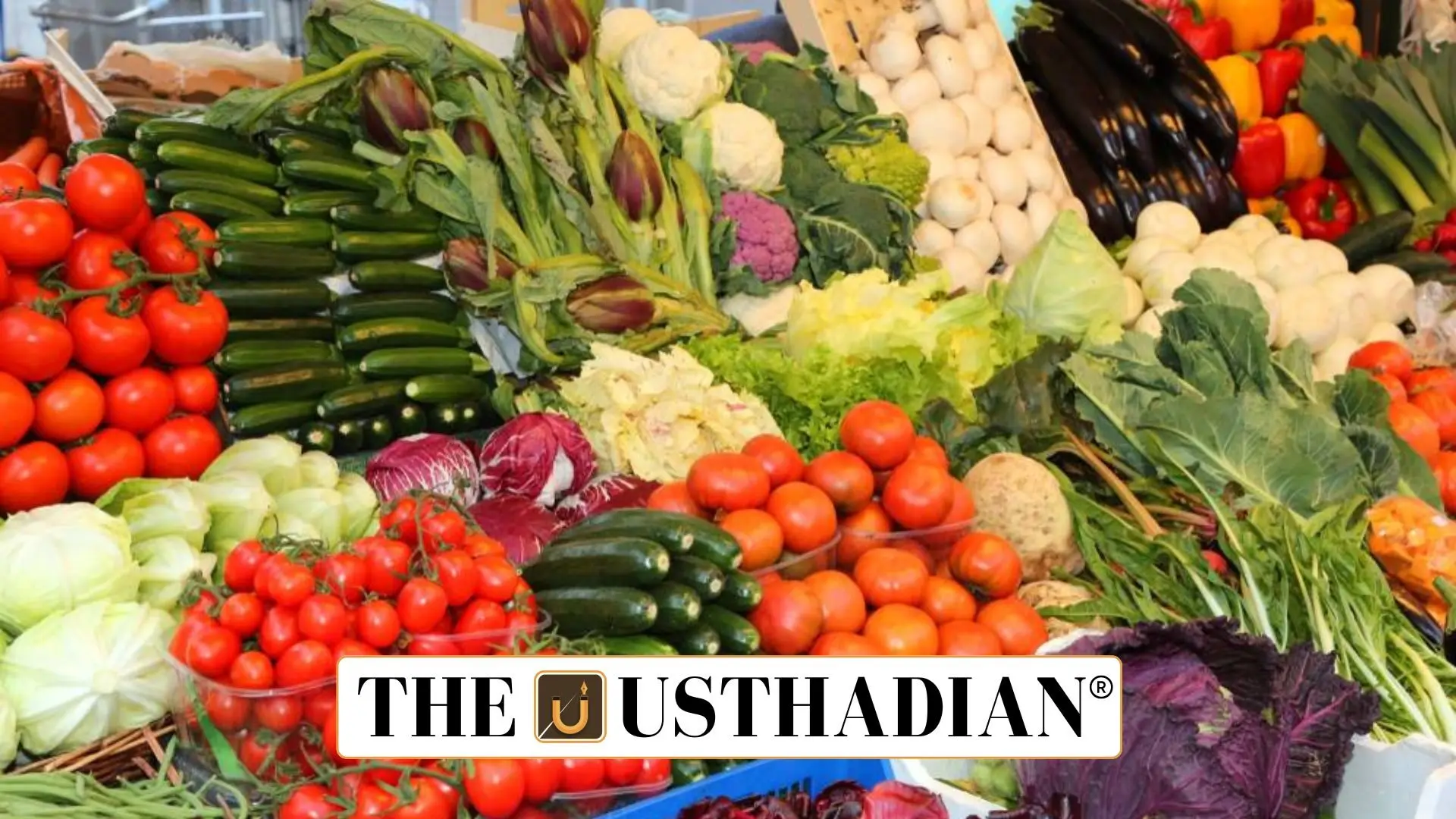Understanding the Role of MIS in Agriculture
Market Intervention Scheme (MIS): A Safety Net for Farmers Amid Price Fluctuations: The Market Intervention Scheme (MIS) is a key safeguard under the PM-AASHA initiative, designed to protect farmers from market volatility. It becomes operational when the prices of perishable agricultural produce fall below a critical threshold, especially during bumper harvests. The scheme is invoked upon a formal request from a State or Union Territory government, ensuring that farmers don’t suffer losses due to market oversupply and falling demand.
Key Objectives and Features
At its core, the MIS aims to prevent distress sales by offering a guaranteed price for farmers’ produce. It focuses primarily on perishable items like tomatoes, onions, and potatoes, which are most vulnerable to rapid price declines. Revised guidelines have enhanced the scheme’s efficiency by increasing the procurement cap to 25% of total production and introducing direct benefit transfers in cases where physical procurement isn’t feasible. These features ensure flexibility and quicker relief to affected farmers.
When and How the Scheme Is Activated
The MIS is not a blanket policy but is triggered only under specific conditions. One key criterion is that market prices must fall by at least 10% compared to the previous year. Once this is verified, the procurement process begins, either through government purchase or by compensating farmers for the difference between the market price and the Market Intervention Price (MIP). This targeted approach ensures that the scheme responds to genuine market crashes rather than temporary dips.
Inter-State Price Difference and Transportation Support
Often, price variations exist between producing and consuming states. To address this, agencies like NAFED and NCCF are empowered to cover transport and storage costs, making it easier to move surplus produce to deficit markets. A recent example includes the transportation of 1,000 metric tonnes of Kharif tomatoes from Madhya Pradesh to Delhi, helping stabilize prices in both regions and reducing wastage of fresh produce.
Implementation Structure
The Department of Agriculture and Cooperation oversees the MIS at the national level, with NAFED acting as the central procurement agency. State-run agencies also assist with on-ground implementation. The scheme continues until market prices rise above the MIP, signaling that the need for intervention has passed. This structure ensures a coordinated response across multiple administrative levels.
Cost-Sharing and Financial Model
Funding responsibilities are shared equally between the central and state governments, reducing the financial strain on any single authority. However, in the case of North-Eastern states, the central government covers 75% of the implementation cost. Importantly, the MIS does not work through upfront grants; instead, it reimburses states for losses incurred during procurement, ensuring accountability and transparency.
Commodities Covered Under MIS
While tomatoes and onions receive much attention, the MIS also includes other perishable crops such as apples, oranges, grapes, garlic, and various spices. The diversity of covered commodities helps ensure that farmers across different regions and crop types receive timely support during market slumps, especially in years of excess production.
Role of State Governments
The success of the MIS depends significantly on the initiative of state governments. They are responsible for identifying market distress, submitting formal requests, and managing the local procurement process. Without active state participation, the scheme cannot be activated, making state-level monitoring and responsiveness essential to its effectiveness.
Impact and Benefits for Farmers
The most crucial benefit of the MIS is the price assurance it provides to farmers during volatile market conditions. By guaranteeing a minimum price, the scheme reduces financial uncertainty, improves farmer morale, and encourages sustainable farming practices. It also serves as a buffer during surplus periods, preventing heavy losses that can cripple agricultural communities.
STATIC GK SNAPSHOT
| Topic | Details |
| Scheme Name | Market Intervention Scheme (MIS) |
| Launched Under | PM-AASHA Scheme |
| Focus | Price support for perishable crops |
| Key Agency | NAFED (National Agricultural Cooperative Marketing Federation) |
| Conditions for Activation | Price fall of 10% or more from previous year |
| Procurement Limit | 25% of total production |
| Financial Burden Sharing | 50:50 between Centre and States (75:25 for NE states) |
| Transport Support Agencies | NAFED, NCCF |
| Commodities Covered | Tomatoes, onions, potatoes, apples, grapes, oranges, spices |
| State Responsibility | Request for activation, local procurement, and implementation |








